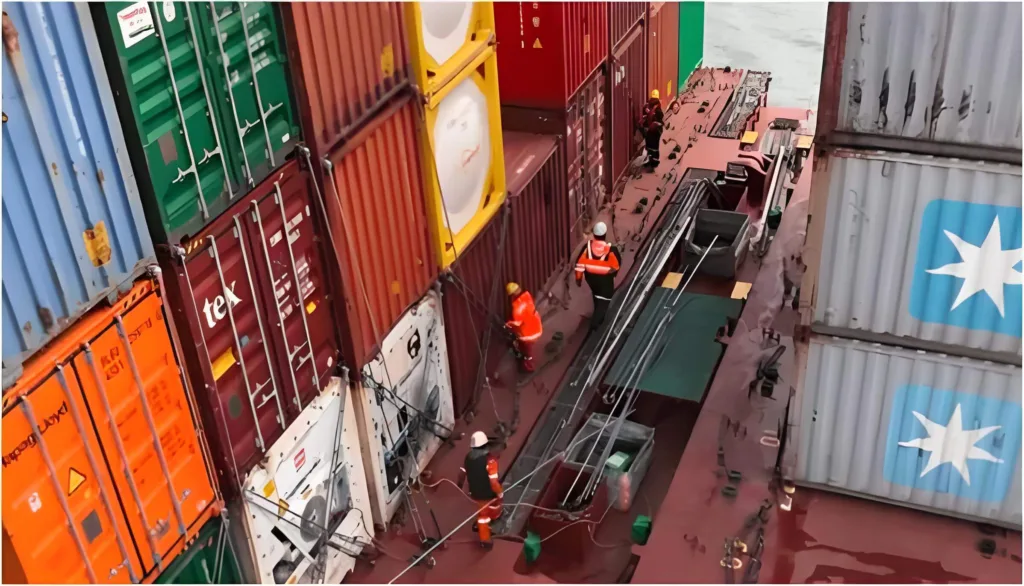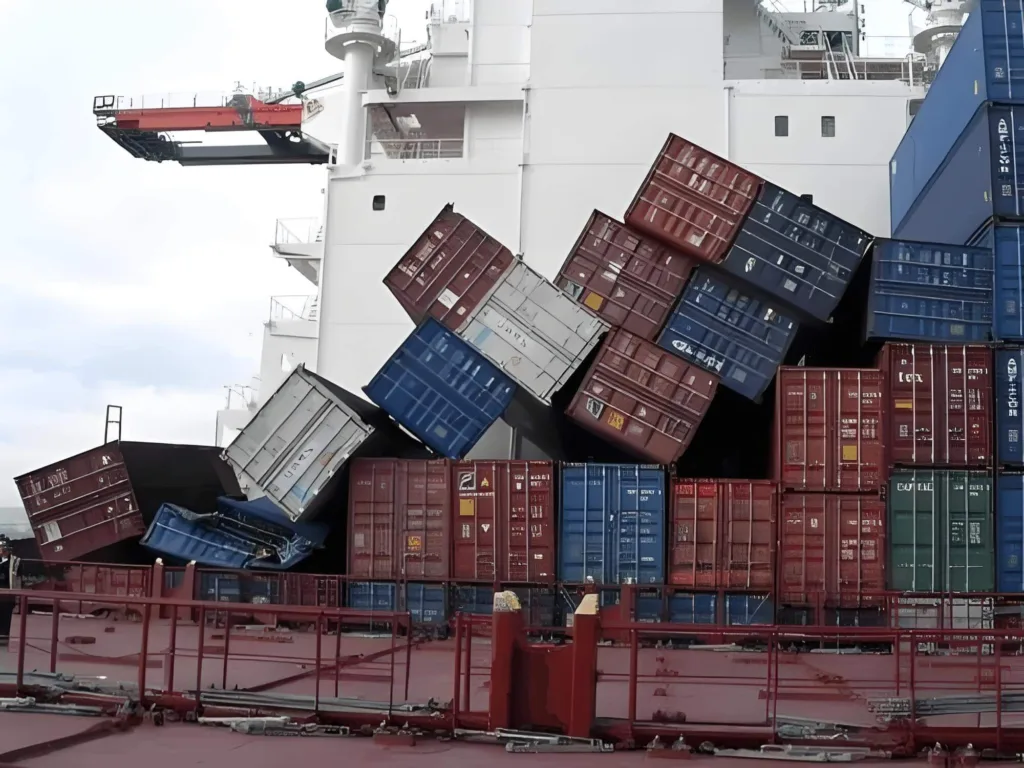Introduction
Protective systems designed for the maintenance of cargoes on board ships are a very important aspect of the industry. In order to economize energy consumption as well as guarantee dependable operation, proper and frequent checks of these systems are essential. This guide offers procedures for preservation and examination of the cargo securing systems with emphasis on the container lashing equipments utilized in maritime shipping business.

Maintenance and Inspection Significance
These failure preventions are a result of proper maintenance and inspections of these systems for cargo securing. It is through keeping such systems in a good state that you would be in a better position to avoid such aspects as accidents, loss of the carriage among other related cases during the transportation process. Systems are maintained adequately so that the crew and the cargo do not pose any danger to human life or property.
Key Components of Cargo Securing Systems
Understanding the main components is the first step in effective maintenance and inspection. Key elements include:
Twist Locks: Secure containers stacked on top of each other.
Lashing Rods: Provide additional security by tying down containers.
Turnbuckles: Adjust tension on lashing rods to keep containers in place.
Corner Castings: Connect containers to securing devices like twist locks.
Bridge Fittings: Provide additional support for stacked containers.
Routine Maintenance Practices
1. Clean Regularly:
Clean all parts from dirt, rust as well as salt deposits including bolts and nuts. Tighten twist locks, lashing rods, and turnbuckles to eliminate possible corrosion and to make processes easier.
2. Lubricate Moving Parts:
Lubricate any or all moving parts such as the turnbuckles and twist locks. This does not allow rust to occur and at the same time allows them to run without any hitch.
3. Inspect for Wear and Tear:Inspect for Wear and Tear:
You should always check places that are usually subjected to pressure such as the area around the wheel where one would find metal, for signs of wear in the form of rupture, bending or rusting. Any such components which have developed malfunctions should be replaced promptly to avoid total system breakdown.
4. Check for Proper Function:
Make sure twist locks lock and unlock without difficulty. Check the usability of the turnbuckles for the degree of ease in adjusting. So, it is easier to detect that any hindrance or challenge in the running of the vehicle means that they ought to be repaired or replaced.
Inspection Checklist for Cargo Securing Systems
Therefore, an inspection should form part of every voyage no matter how short or long the trip may be. Here’s a simple checklist to follow:Here’s a simple checklist to follow:
Twist Locks: Make sure they shut tightly and there is no single rust or scratch on them.
Lashing Rods: Here look for signs of bending, rust or any other form of damage that would have affected the wheel. Make sure that they are placed appropriately and well secured.
Turnbuckles: Raise it to the test of smooth operational run. It should also be appreciated that they’re not too tight or corroded.
Corner Castings: Checks for cracks or wears should be checked so that they fit well using twist locks.
Bridge Fittings: Check that they are there and are giving adequate support. Please check for any signs of stress or any other type of damage that might have befallen the metal.

Best Practices for Container Lashing
1. Follow Manufacturer Guidelines:
One should always rely on the manufacturer’s recommendations as to the regularity and frequency of maintenance and inspection. It gives certain instructions on how to maintain each part of the vending machine.
2. Train Your Crew:
Make sure that all the crews who are involved in the container lashing are well conversant with the ways of handling and inspecting the equipment correctly. Frequency of training is crucial also its updates.
3. Keep Spare Parts Onboard:
Keep extra spares in the form of screws and set bolts or twist locks and turnbuckles among others. It helps to pick them easily each time the structural check is conducted to fix the faulty ones.
4. Document Everything:
There should be documentation of the inspections that are carried out and all the maintenance done. Documentation is useful in that it makes it possible for one to monitor the state of their equipment and especially in regards to safety regulation.
Addressing Common Issues
1. Corrosion:
Is exposure to salt water which creates a rust in metal parts of the equipment. Proper cleansing and lubrication should be done routinely to minimize ability to develop a rust like substance.
2. Wear and Tear:
The lashing rods’ wear as well as twist locks, and other connected components suffer wear if not used sparingly. Inspections will reveal many damaged parts before they cause a breakdown and this will be so especially if you are consistent in your inspections.
3. Incorrect Tension:
If the tension in the lashing rods or the turnbuckles is not well done, it will lead to shifting of the containers. Note the tension always and as the situation requires tighten for the containers to be well secured.
Conclusion
Therefore, it is also important to sustain and check up the cargo securing systems used in maritime operations. Through embracing the standard maintenance practices, using the inspection check list and following the practices highlighted, your cargo will be safe throughout the journey. Continuing training for the personnel and comprehensive documentation also increases reliability and safety of work.